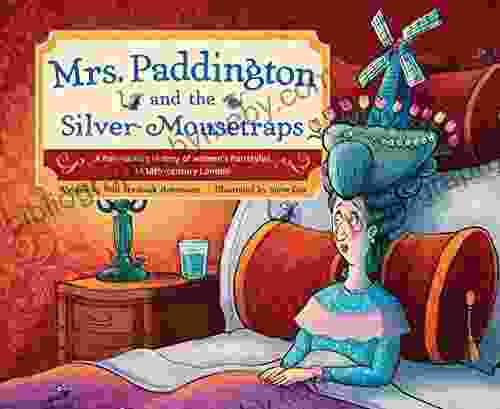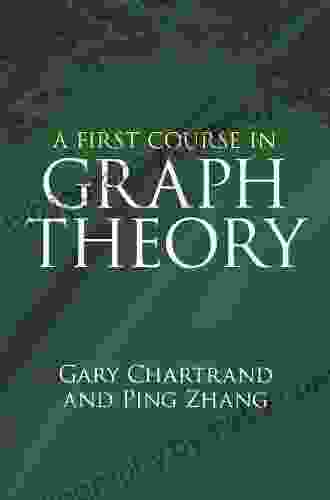Hair Raising History: Unveiling the Lavish Locks of 18th Century London

An to the Opulent Hairstyles of the Georgian Era
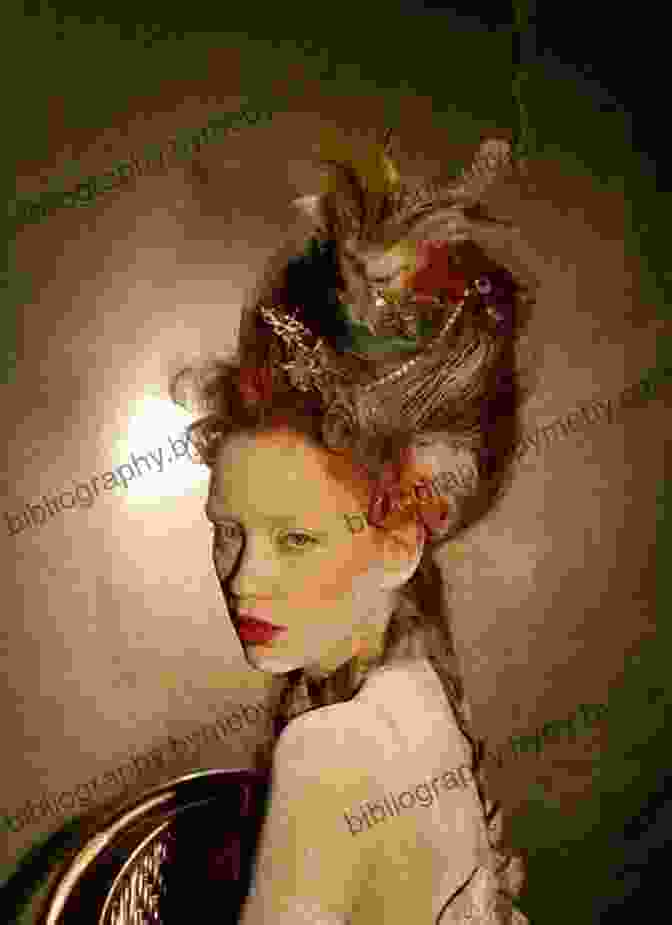
5 out of 5
| Language | : | English |
| File size | : | 9969 KB |
| Print length | : | 40 pages |
Step back in time to the bustling streets of 18th century London, where women's hairstyles reached unprecedented heights of extravagance. In this era of elegance and artifice, hair became a canvas upon which society's elite expressed their wealth, status, and creativity.
Gone were the simple braids and buns of the past. In their place emerged towering wigs, intricate braids, and powdered curls that rivaled the grandeur of the most opulent ballrooms. Hairstyles became a form of self-expression, and women vied to outdo each other in the creation of the most elaborate and eye-catching coiffures.
The Towering Wigs of the Upper Classes
At the very pinnacle of hair fashion sat towering wigs that reached heights of up to two feet. These wigs were not made of real hair but rather of horsehair, wool, or silk. They were often styled into elaborate shapes, such as pyramids, beehives, and towering curls.
Wigs were a symbol of status and wealth, and only the most affluent members of society could afford them. They were often adorned with ribbons, jewels, and feathers, and could take hours to put on and style.
Intricate Braids and Curls for the Middle Classes
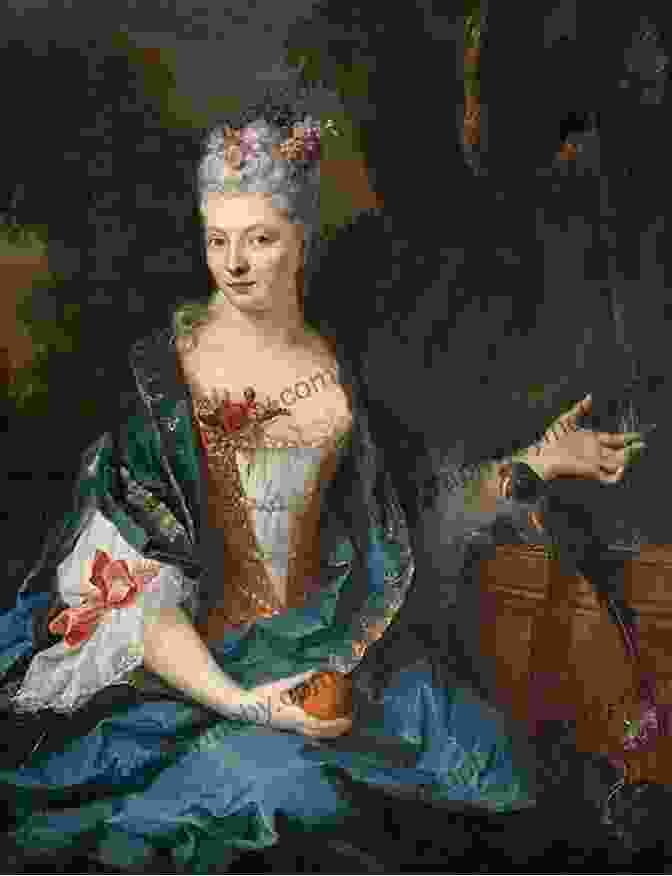
For women of the middle classes, wigs were impractical and too expensive. Instead, they opted for intricately braided and curled hairstyles. These hairstyles were often adorned with flowers, ribbons, and lace, and could take just as long to style as wigs.
Braids were a popular choice for everyday wear, while curls were reserved for more formal occasions. Women would often spend hours curling their hair with hot irons or tongs, creating intricate ringlets and waves that framed their faces.
Powdered Curls and the Rise of the Pompadour
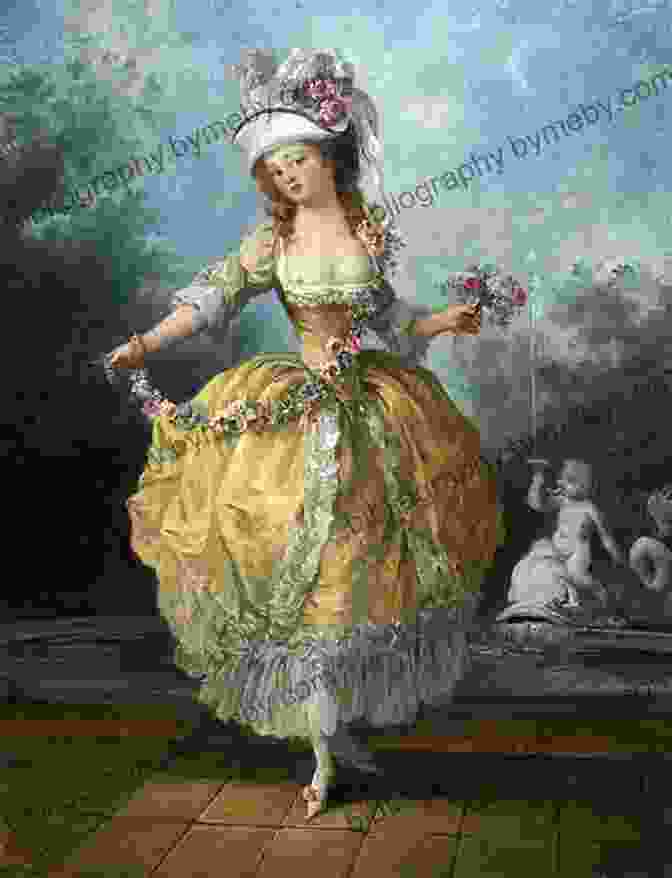
In the mid-18th century, powdered hair became all the rage. Women would liberally dust their hair with white powder, which gave it a voluminous and ethereal appearance. Powdered hair was often styled into elaborate pompadours, where the hair was piled high on the top of the head and decorated with ribbons, flowers, or feathers.
The pompadour was named after Madame de Pompadour, the mistress of King Louis XV of France. She was known for her extravagant hairstyles, and the pompadour became synonymous with the height of hair fashion in the 18th century.
The Impact of Hairstyles on Society
The extravagant hairstyles of 18th century London had a profound impact on society. They were a symbol of status and wealth, and they influenced everything from fashion to art to literature.
Women's hairstyles were often used as a form of satire by political cartoonists. They were also depicted in paintings and sculptures, and they even inspired the creation of new hairstyles for men.
The Decline of Lavish Hairstyles
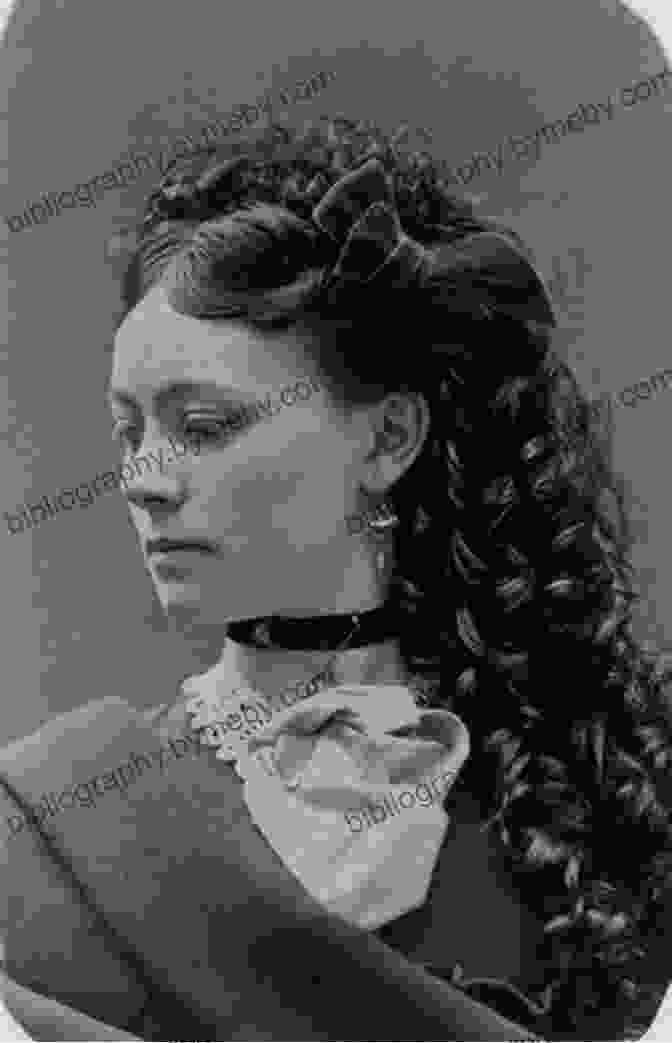
The elaborate hairstyles of the 18th century began to decline in the late 18th and early 19th centuries. This was due in part to the French Revolution, which brought about a new emphasis on simplicity and naturalism.
Women's hairstyles became more subdued, and by the Victorian era, they were much simpler than they had been in previous centuries. The towering wigs and intricate braids of the 18th century were replaced by more natural-looking hairstyles that emphasized the shape of the head and face.

The extravagant hairstyles of 18th century London stand as a testament to the creativity and ingenuity of the era's hairdressers. These hairstyles were a symbol of status and wealth, and they had a profound impact on society.
Today, the hairstyles of the 18th century may seem outdated and artificial. However, they remain a fascinating glimpse into the past, and they continue to inspire contemporary hair stylists and fashion designers.
Whether you're a history buff, a fashion enthusiast, or simply someone who loves beautiful hair, the hair raising history of women's hairstyles in 18th century London is sure to fascinate and amaze you.
5 out of 5
| Language | : | English |
| File size | : | 9969 KB |
| Print length | : | 40 pages |
Do you want to contribute by writing guest posts on this blog?
Please contact us and send us a resume of previous articles that you have written.
 Book
Book Novel
Novel Page
Page Chapter
Chapter Text
Text Story
Story Genre
Genre Reader
Reader Library
Library Paperback
Paperback E-book
E-book Magazine
Magazine Newspaper
Newspaper Paragraph
Paragraph Sentence
Sentence Bookmark
Bookmark Shelf
Shelf Glossary
Glossary Bibliography
Bibliography Foreword
Foreword Preface
Preface Synopsis
Synopsis Annotation
Annotation Footnote
Footnote Manuscript
Manuscript Scroll
Scroll Codex
Codex Tome
Tome Bestseller
Bestseller Classics
Classics Library card
Library card Narrative
Narrative Biography
Biography Autobiography
Autobiography Memoir
Memoir Reference
Reference Encyclopedia
Encyclopedia Heather Cox Richardson
Heather Cox Richardson Subhash Lakhotia
Subhash Lakhotia Gil Reavill
Gil Reavill R L Margolin
R L Margolin Gail Herman
Gail Herman Peter Harris
Peter Harris Tui T Sutherland
Tui T Sutherland Louie Stowell
Louie Stowell Gabrielle Euvino
Gabrielle Euvino Isabel Lopez
Isabel Lopez G J Meyer
G J Meyer Gayne C Young
Gayne C Young Phillips Payson O Brien
Phillips Payson O Brien Neal R Bevans
Neal R Bevans Karen Hesse
Karen Hesse George Tenet
George Tenet Janet Riehecky
Janet Riehecky Marilee Lebon
Marilee Lebon Timothy Moser
Timothy Moser Jill Homer
Jill Homer
Light bulbAdvertise smarter! Our strategic ad space ensures maximum exposure. Reserve your spot today!

 J.D. SalingerDiscover the Captivating History of Fur Trade Families in Quebec: Pierre Couc...
J.D. SalingerDiscover the Captivating History of Fur Trade Families in Quebec: Pierre Couc...
 Julio Ramón RibeyroEmpower Your Student-Athlete: Unlock Their Potential with The Real Deal...
Julio Ramón RibeyroEmpower Your Student-Athlete: Unlock Their Potential with The Real Deal... Larry ReedFollow ·10.4k
Larry ReedFollow ·10.4k Ralph EllisonFollow ·14.7k
Ralph EllisonFollow ·14.7k Jeffery BellFollow ·11.1k
Jeffery BellFollow ·11.1k John SteinbeckFollow ·15.8k
John SteinbeckFollow ·15.8k Aaron BrooksFollow ·15.4k
Aaron BrooksFollow ·15.4k Felix HayesFollow ·7.1k
Felix HayesFollow ·7.1k Adrien BlairFollow ·19.9k
Adrien BlairFollow ·19.9k Shane BlairFollow ·3.4k
Shane BlairFollow ·3.4k
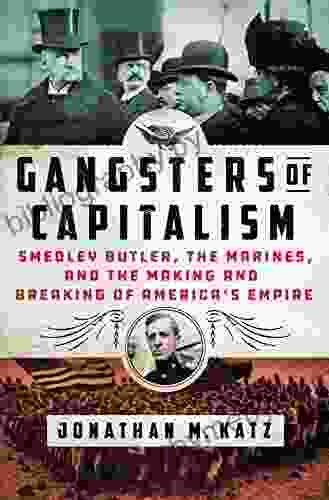
 Brian West
Brian WestSmedley Butler: The Marines and the Making and Breaking...
: A Marine's...

 Gabriel Garcia Marquez
Gabriel Garcia MarquezIschia, Capri, Sorrento, Positano, And Amalfi: An...
Explore the...

 Felix Carter
Felix CarterAdorn Your Little Princess with Fleur Ange's Exquisite...
Welcome to the enchanting...

 Kelly Blair
Kelly BlairUnveiling the Secrets of the Historical Way and Fishermen...
Step into the pages...

 Angelo Ward
Angelo WardKnit the Cutest Thumbless Mittens for Your Little One:...
Prepare to be...
5 out of 5
| Language | : | English |
| File size | : | 9969 KB |
| Print length | : | 40 pages |


